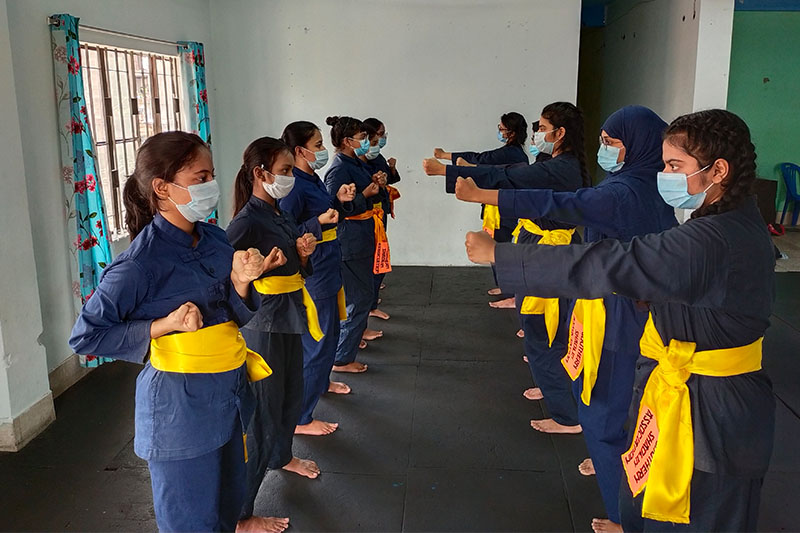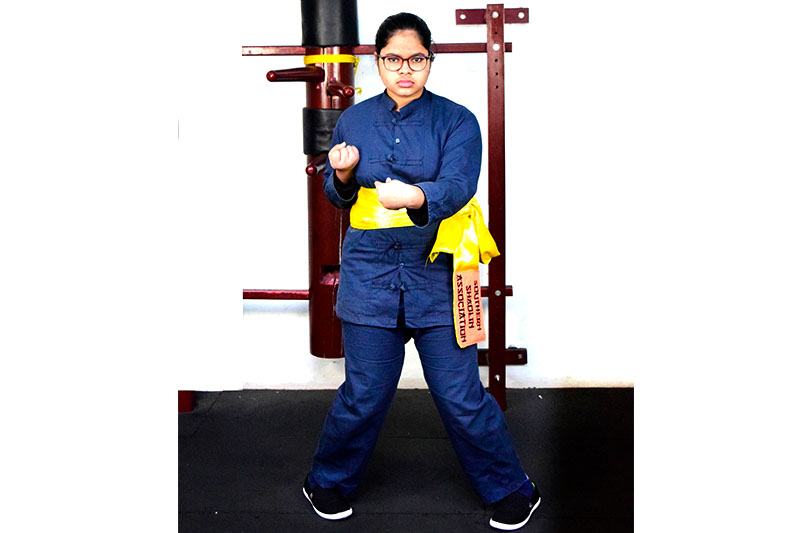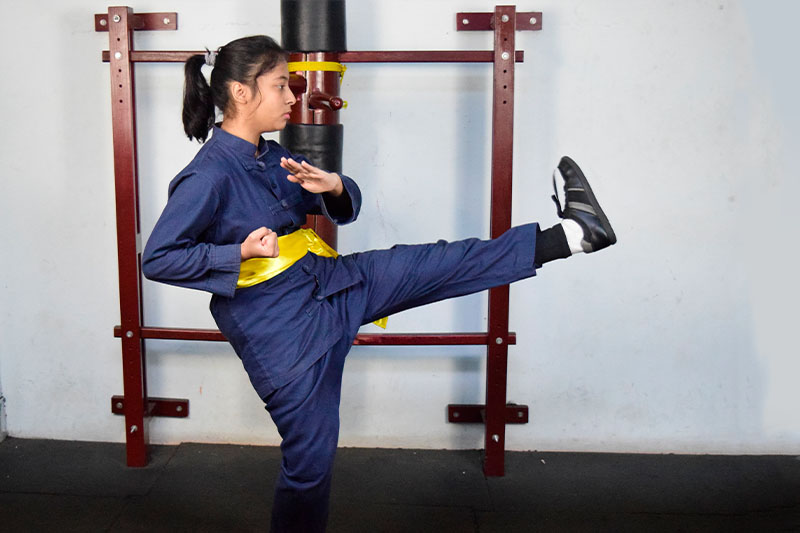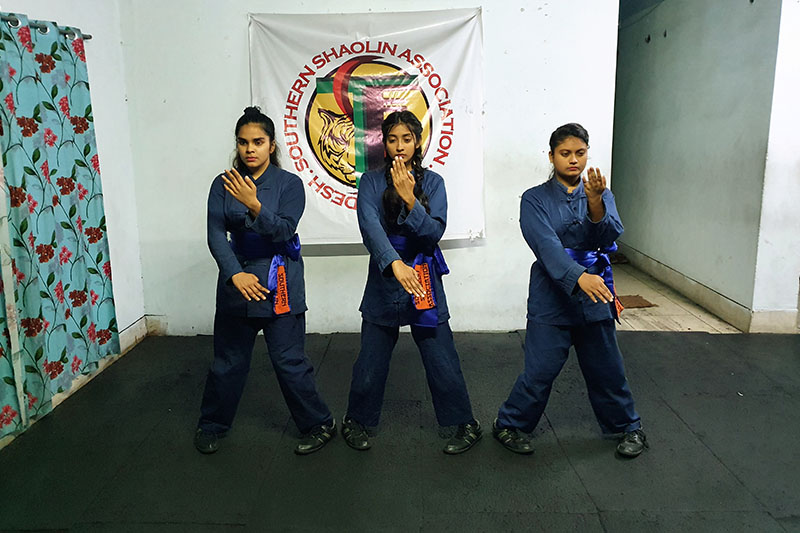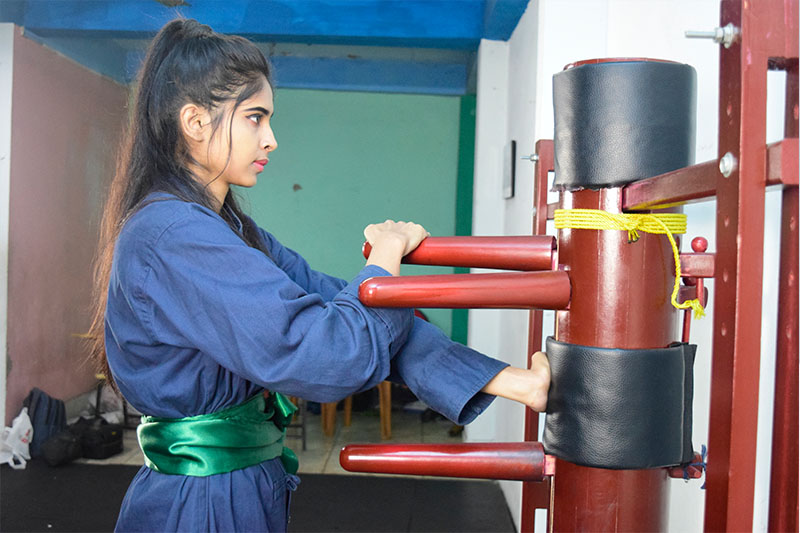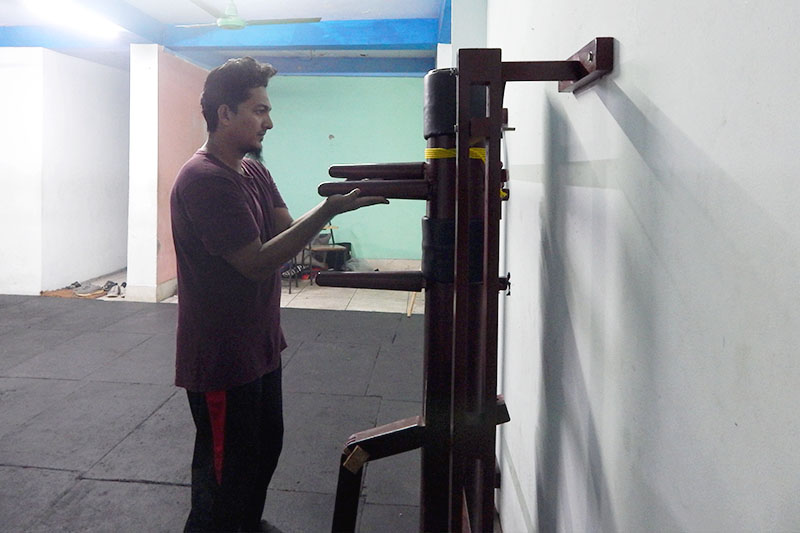- +88 01971 022 121
The definitive origin of Wing Chun remains unknown, and is attributed to the development of Southern Chinese Martial Arts.
Complications in the history and documentation of Wing Chun are attributed to the art being passed from teacher to student orally, rather than in writing. Another reason is the secrecy of its development.
